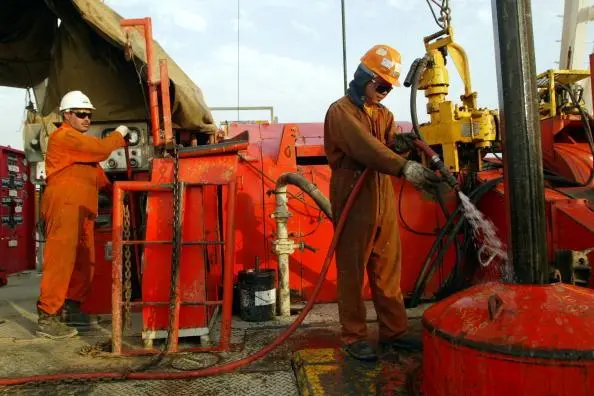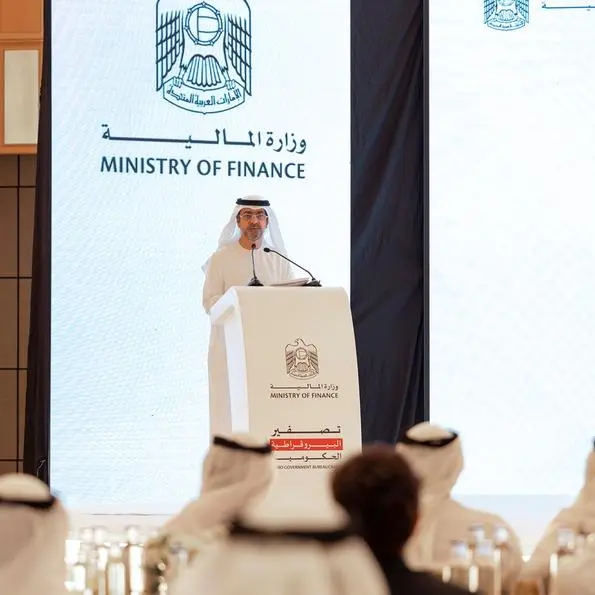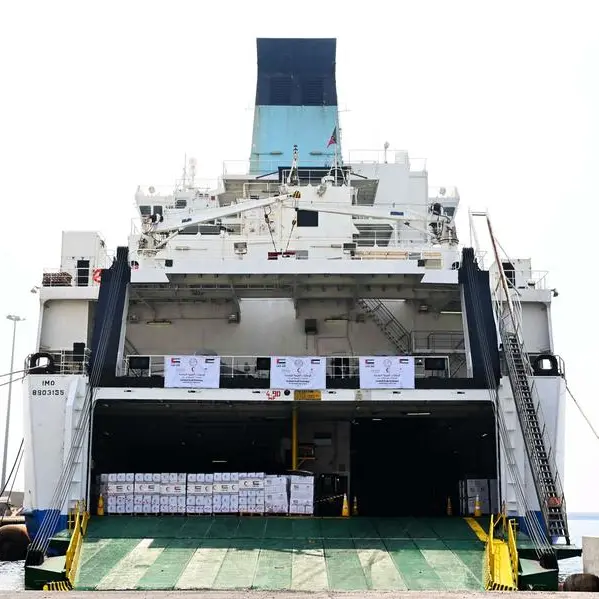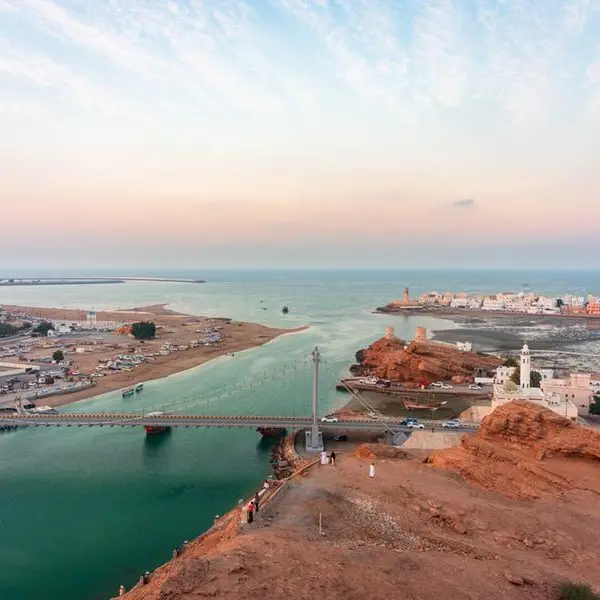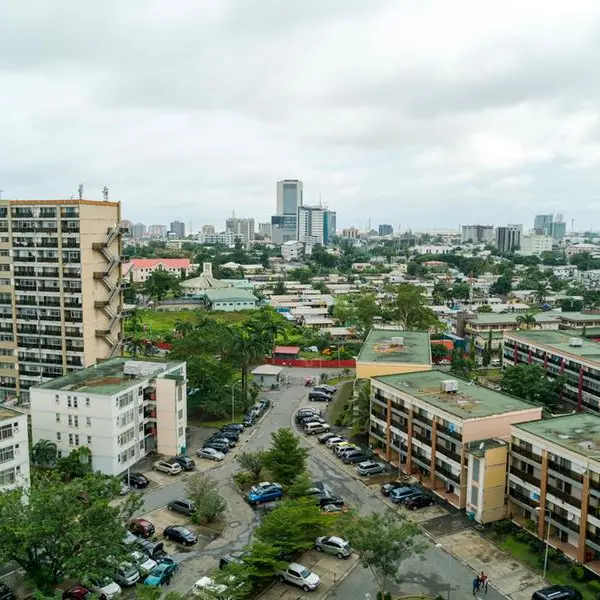PHOTO
KUWAIT CITY - Underlying economic performance remains steady though somewhat lackluster, with non-oil growth set to stay close to 2019’s estimated 2.5% over the forecast horizon. Oil production at 2.63 million barrels per day in October was fractionally below the new 2.66 million b/d target set by OPEC+, and we assume that output holds at target next year then edges up only slowly in future years as the global market remains quite well supplied.
Oil sector GDP, however, should get an additional boost firstly from rising output of Jurassic era gas and secondly from higher refined oil output as the Clean Fuels and Al Zour refi nery projects come onstream in 2020-22. After underperforming for several years, oil GDP growth could exceed non-oil growth in 2021-22, and push total GDP growth above 3% from 0% in 2019 and 1.8% in 2020.
Non-oil growth remains in mid-gear
Non-oil growth averaged 2.3% in 2016-19, slightly above the regional average (though in line if Saudi Arabia is excluded). Absent major economic shocks, we expect a similar or slightly better performance over the next few years with solid employment growth among Kuwait nationals – a government priority – supporting the consumer sector and public spending maintained at a high level.
There is also scope for higher investment given large planned projects in the power and petrochemicals sectors and the backlog in awards that has built up over the past two years. In the near term, these factors should mitigate the dampening impact on growth of subdued oil prices, though the slow pace of reform reflected in a low (albeit improved) ‘doing business’ rank from the World Bank will limit the economy’s ability to shift into a permanently higher gear.
Inflation should remain low at 1.5- 2% in 2020-22, up from an estimated 1.1% in 2019. Prices will be kept in check by modest economic growth rates, an only gradual recovery in housing rents and the near-term absence of fresh subsidy cuts or indirect taxes. Though the possible implementation of VAT no earlier than 2021 could push inflation 2% or so higher (for one year) than in our baseline forecast. Fiscal sustainability issues looming larger The fiscal position remains a challenge, with a combination of soft oil prices and high government spending projected to keep the budget in substantial deficit over the forecast horizon.
The deficit is forecast to widen to 8% of GDP in FY19/20 from 3% of GDP last year on lower oil prices and steady but elevated spending levels – partly due to a further arrears payments. Flat oil prices, difficulties in cutting current spending and the lack of measures to boost non-oil revenues would leave average funding needs (after transfers to the sovereign wealth fund) of KD5 billion per year over the next four years. A new debt law would slow the drawdown of the KD20 billion or so in the General Reserve Fund (GRF) used to finance the budget shortfall. The external sector remains in good shape, with a substantial though declining current account surplus of 2-7% of GDP seen over the forecast horizon. The surplus continues to be boosted by returns of up to 12% of GDP from mostly government assets held abroad. Net foreign capital inflows to Boursa Kuwait are estimated to double to a record KD0.6 billion in 2019 following recent reform and upgrade announcements. But Kuwait will continue to be a net capital exporter, especially in the absence of sovereign debt issuance and weak levels of FDI.
Credit growth and interest rates seen steady
Credit growth is estimated to have more than doubled in 2019 to 4.9% on average versus 2.3% in 2018, driven by a rebound in corporate lending from previously depressed levels. We expect credit growth in the 4-5% range going forward given the stable macro climate and despite the surge in growth in personal consumption loans (34% y/y in October), which still account for just 4% of lending overall. Monetary policy will stay supportive, with policy rates broadly steady in 2020 assuming at most one 25 bps cut by the US Fed and given the flexibility provided by the dinar’s peg to a basket of currencies
Risks include volatile oil prices, sustained fiscal deficit
Growth is improving and should be sustained at a reasonable level over the medium term, with Kuwait’s large financial buffers providing a cushion against major external shocks. But the slow pace of reform and the persistent fiscal deficit are concerns and the steady depletion of the GRF may require attention unless oil prices rise. Other risks include a major rise in regional geopolitical tensions and a slowdown in consumer spending if job growth weakens. On the upside, fiscal pressures and the launch of the FY2020/21-24/25 development plan could be catalysts for reforms, especially after the parliamentary elections scheduled for late 2020.
Report prepared by NBK
© 2019 Arab Times Kuwait English Daily. All Rights Reserved. Provided by SyndiGate Media Inc. (Syndigate.info).
